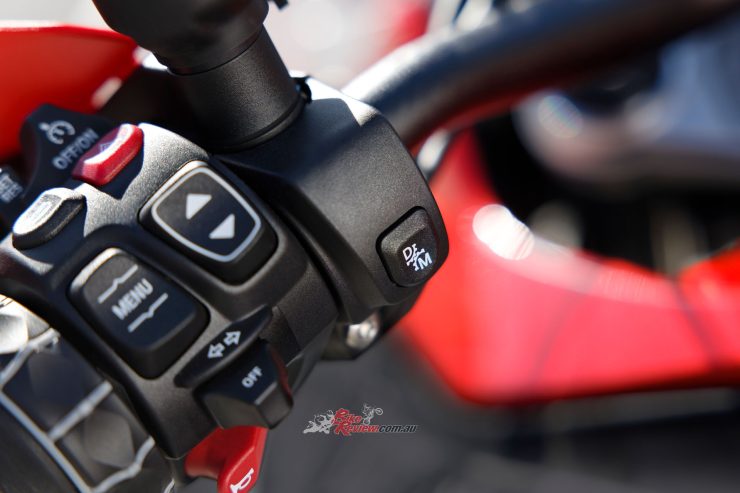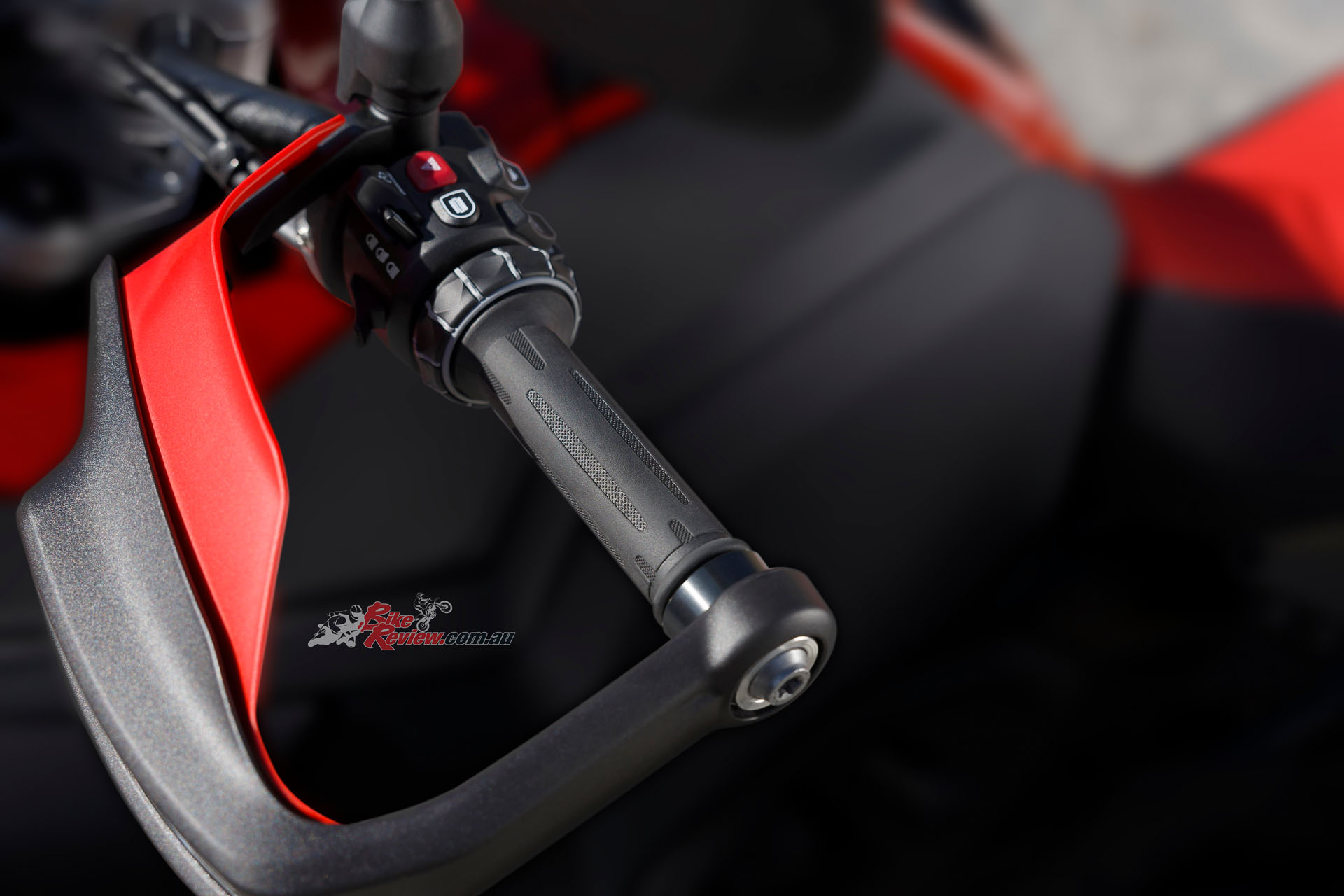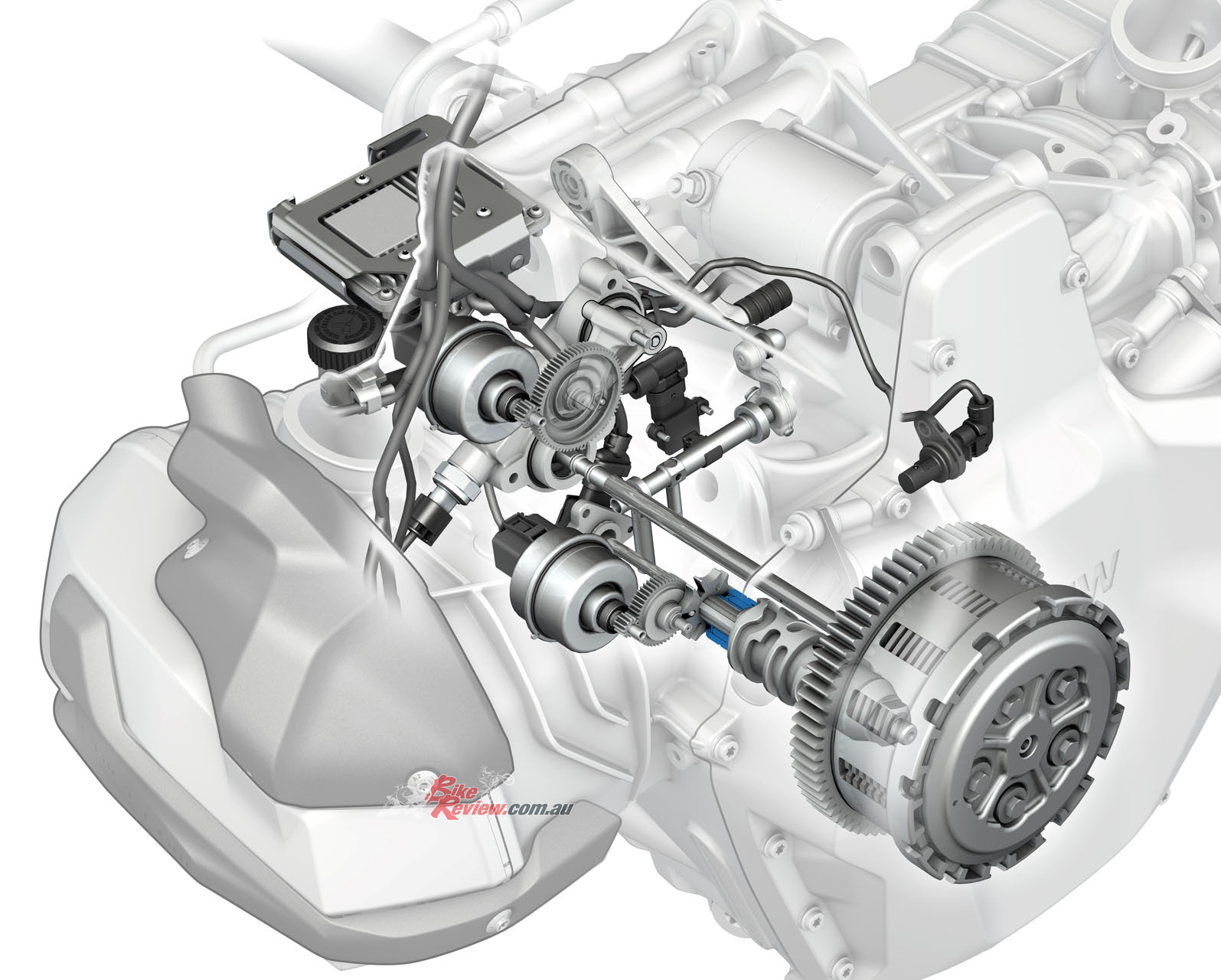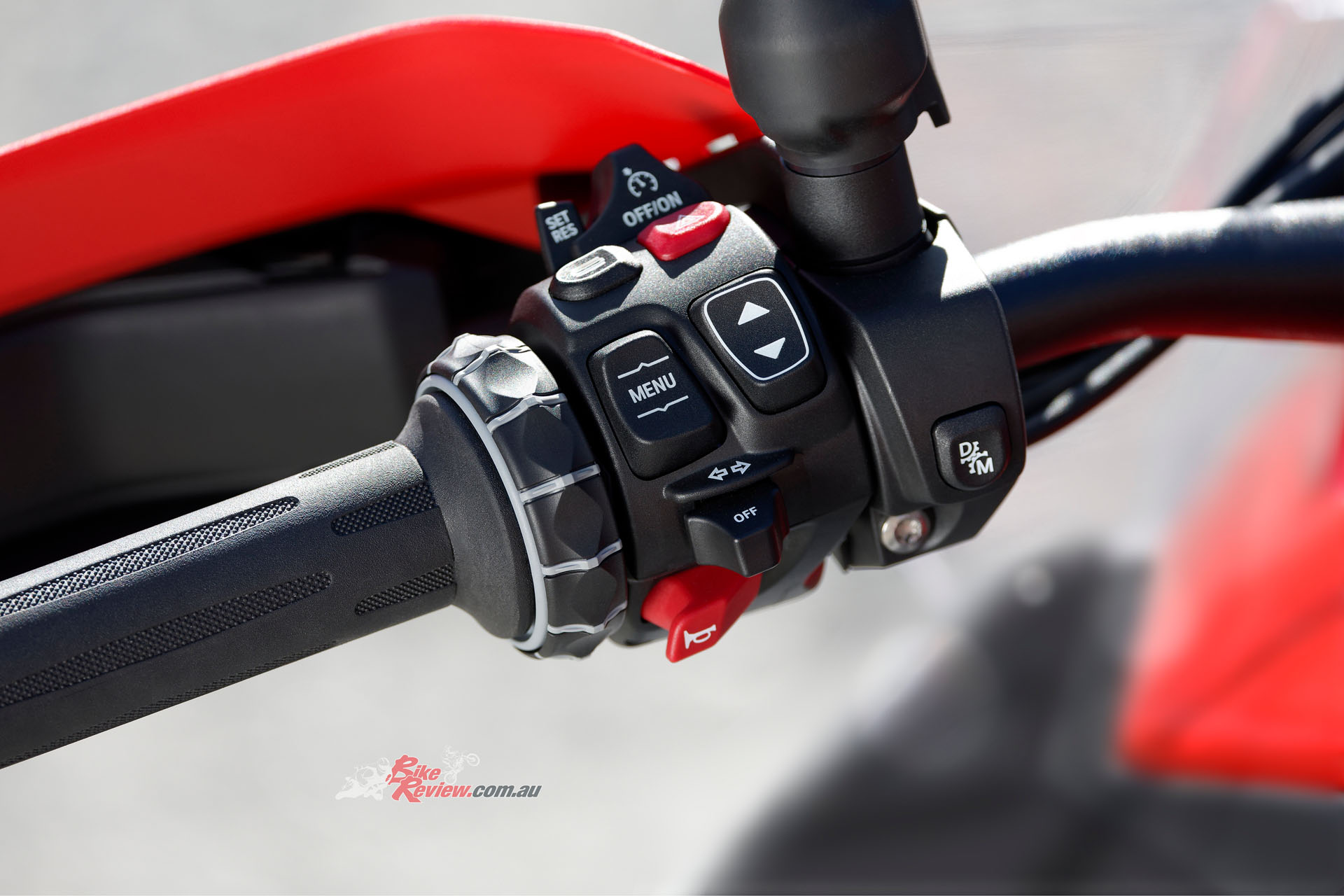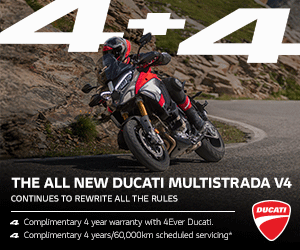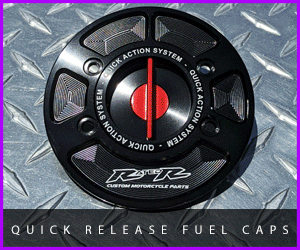BMW Motorrad Shift Assist Revealed, Auto and Manual Gearbox
BMW have launched what they are calling an innovative technical solution, the Automated Shift Assistant (ASA), which is designed to make riding simpler for those after an automatic solution to gear changes. The system is switchable from manual to auto. Press: BMW Motorrad Aus.
The Automated Shift Assistant features a functional design in which two electromechanical actuators automate the clutch and gearshift of the six-speed transmission – the main difference to a conventional shift assistant. There is no need for a hand lever to operate the clutch manually. Starting, stopping and manoeuvring are made easy with the Automated Shift Assistant, say BMW.
Check out our BMW content here…
In ‘M’ shift mode, gear changes can still be made by foot control, enabling the rider to decide when to change gears. In ‘D’ shift mode, the Automatic Shift Assistant comes into its own. Shift points are automatically selected by the engine control unit. In both “M” and “D” modes, the rider benefits from perfectly executed gear changes, BMW state.
Downshifts are also designed to be as smooth as possible, minimising chassis disturbances. Specific characteristics of the automated shift function are assigned to the different riding modes to ensure perfect shift behaviour in each riding situation. In combination with Active Cruise Control or front collision warning, the networking of functions also brings the future of motorcycling to life.
Two electronically controlled electromechanical actuators operate the clutch and gearshift, enabling easy starting and automated gear changes. The rider’s shift request is transmitted to the control unit via a gearshift lever sensor, which is actuated by the conventional foot-operated gearshift lever. Additional sensors determine the revs of the transmission input shaft and the clutch position. These values are transmitted to the TCU (Transmission Control Unit), which is closely linked with the engine control unit, for modelling and control of the clutch, shift actuation and status.
The clutch is operated by an electro-mechanical actuator combined with a hydraulic system with a direct hydraulic connection between the clutch master and slave cylinders. The actuator regulates the required clutch slip, engages the clutch when changing gear and disengages it when stopping.
In manual shift mode “M”, the rider can move the gearshift lever in the desired direction in the typical manner. If the revs in the desired target gear are within the maximum or minimum rev range, the shift is made directly. If the engine revs fall below a gear-dependent minimum speed, downshifts are also performed automatically in manual mode. This prevents the engine from stalling.
In shift mode “D” the gears are changed automatically depending on the riding mode, engine revs, throttle position and lean angle parameters. Gears are shifted according to the riding situation and dynamic requirements. ASA will be rolled out on new models bound for Australia, with further details to be announced later this year.


